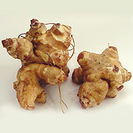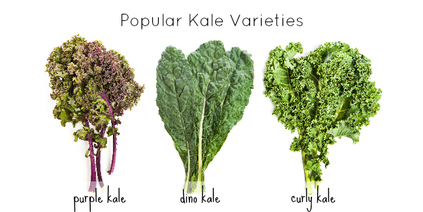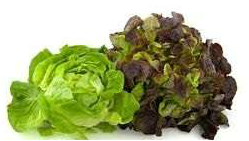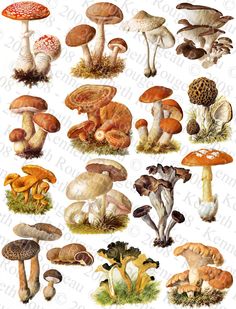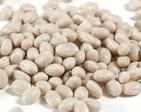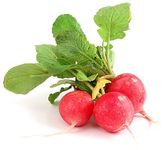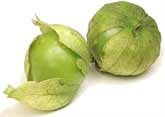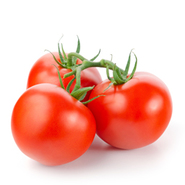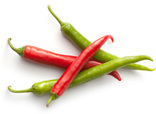
Jalapeńos are most often green when mature, but some varieties are red. These peppers are very hot, with an immediate bite. Jalapeńos could be pickled and added to dishes or processed products such as sausages, cheese, and jelly.
Jalapenos are a rich source of vitamin C and have a good amount of vitamin A. They are also a good source of Capsaicin (although less than in Habanero or Tabasco chilis) known for its anti-inflammatory and vasodilator properties promoting healthy blood flow. It might be especially good for getting rid of the hard-to-lose belly fat, by increasing energy expenditure after consumption.
